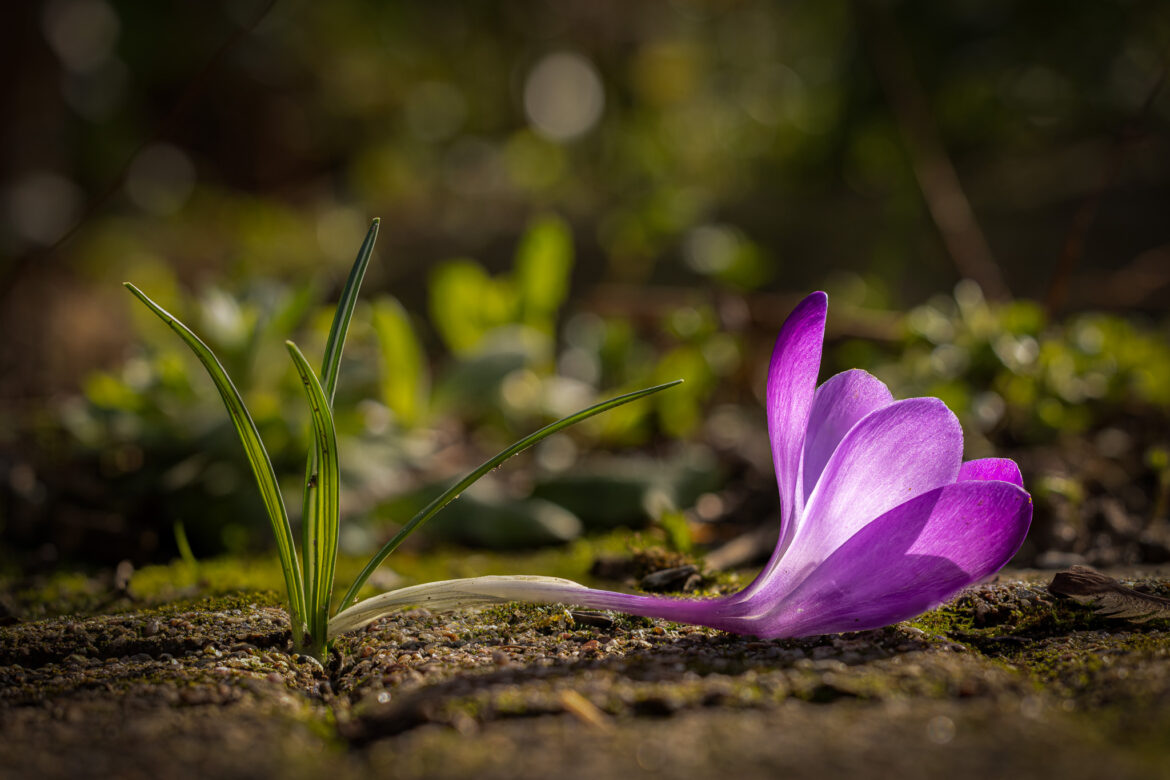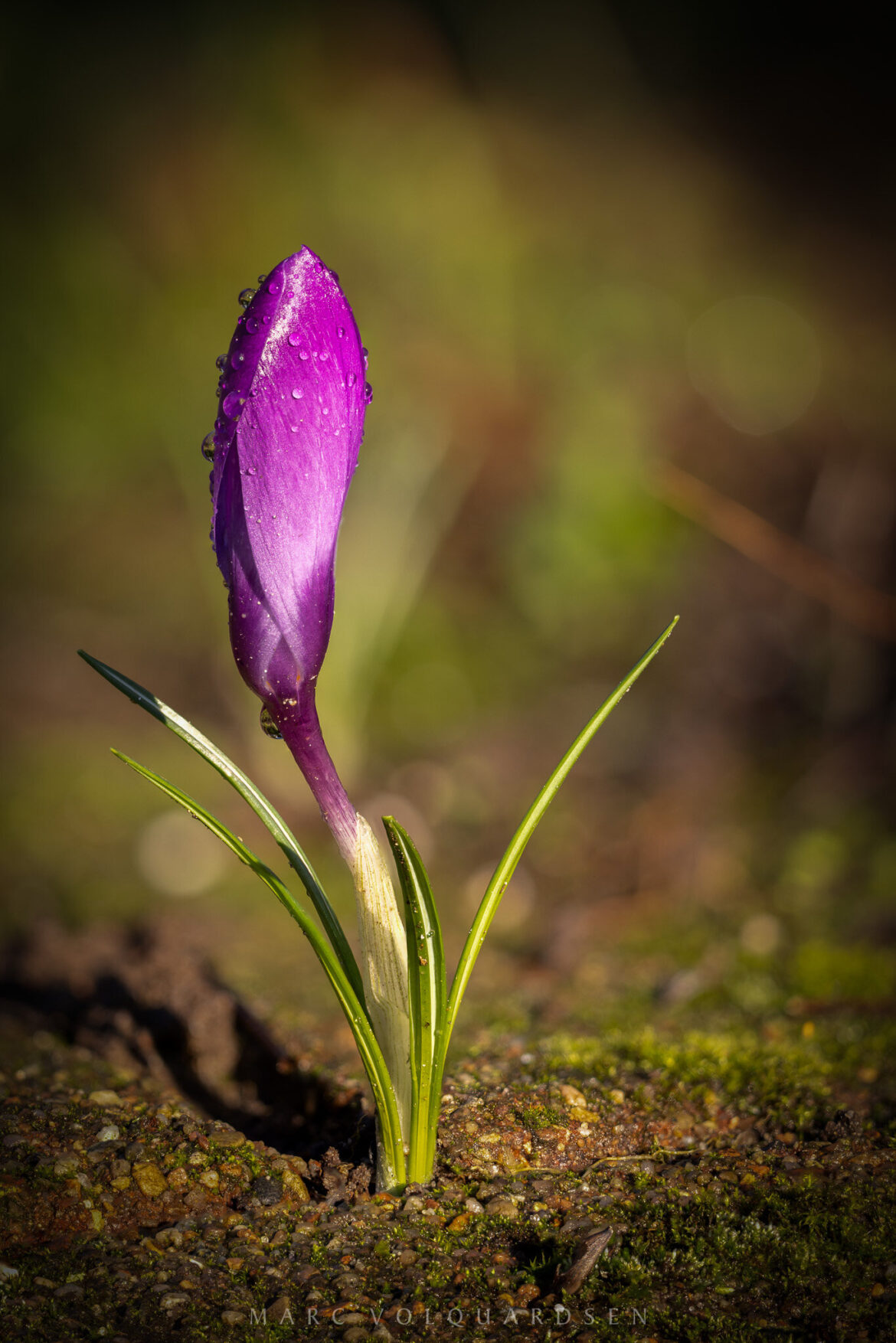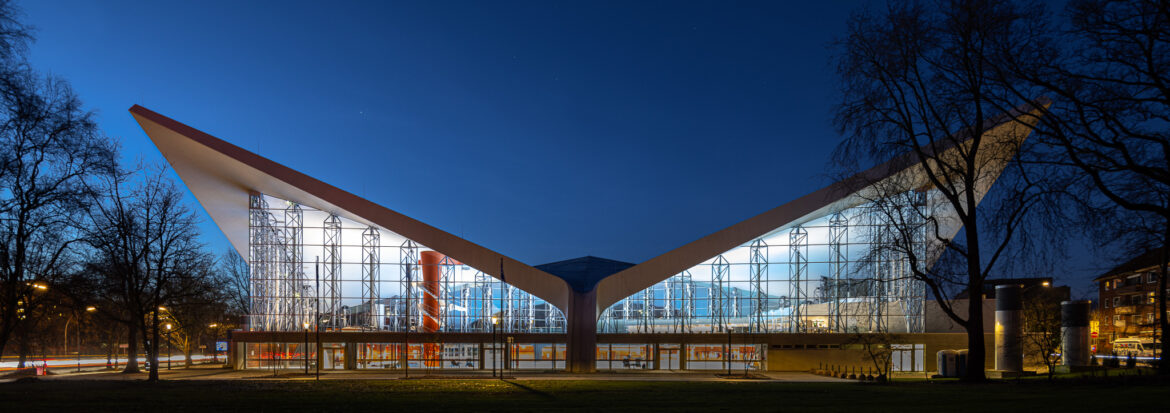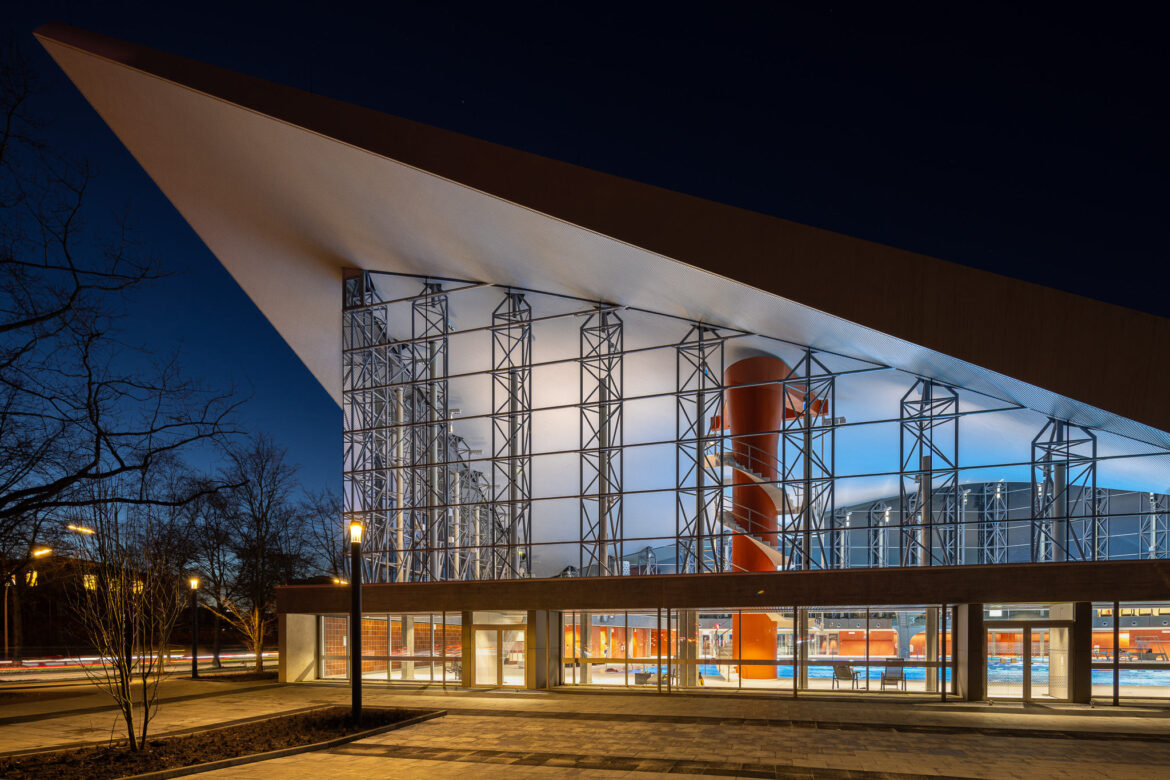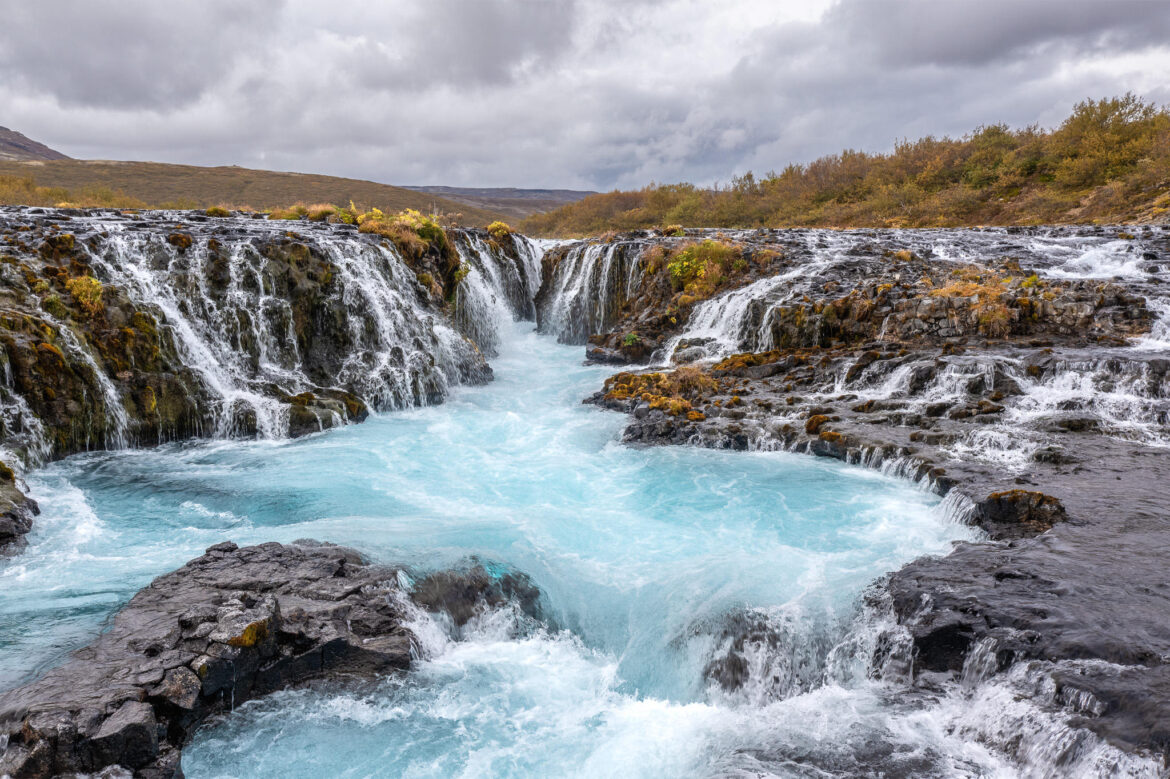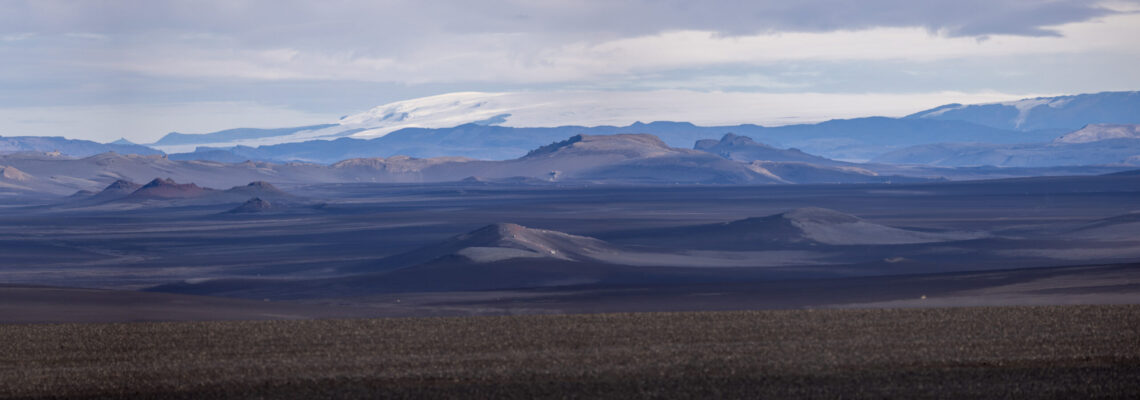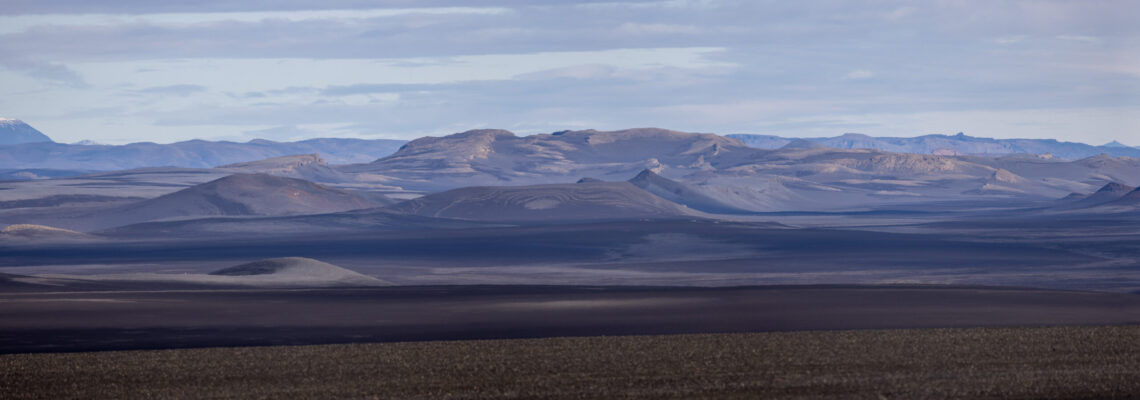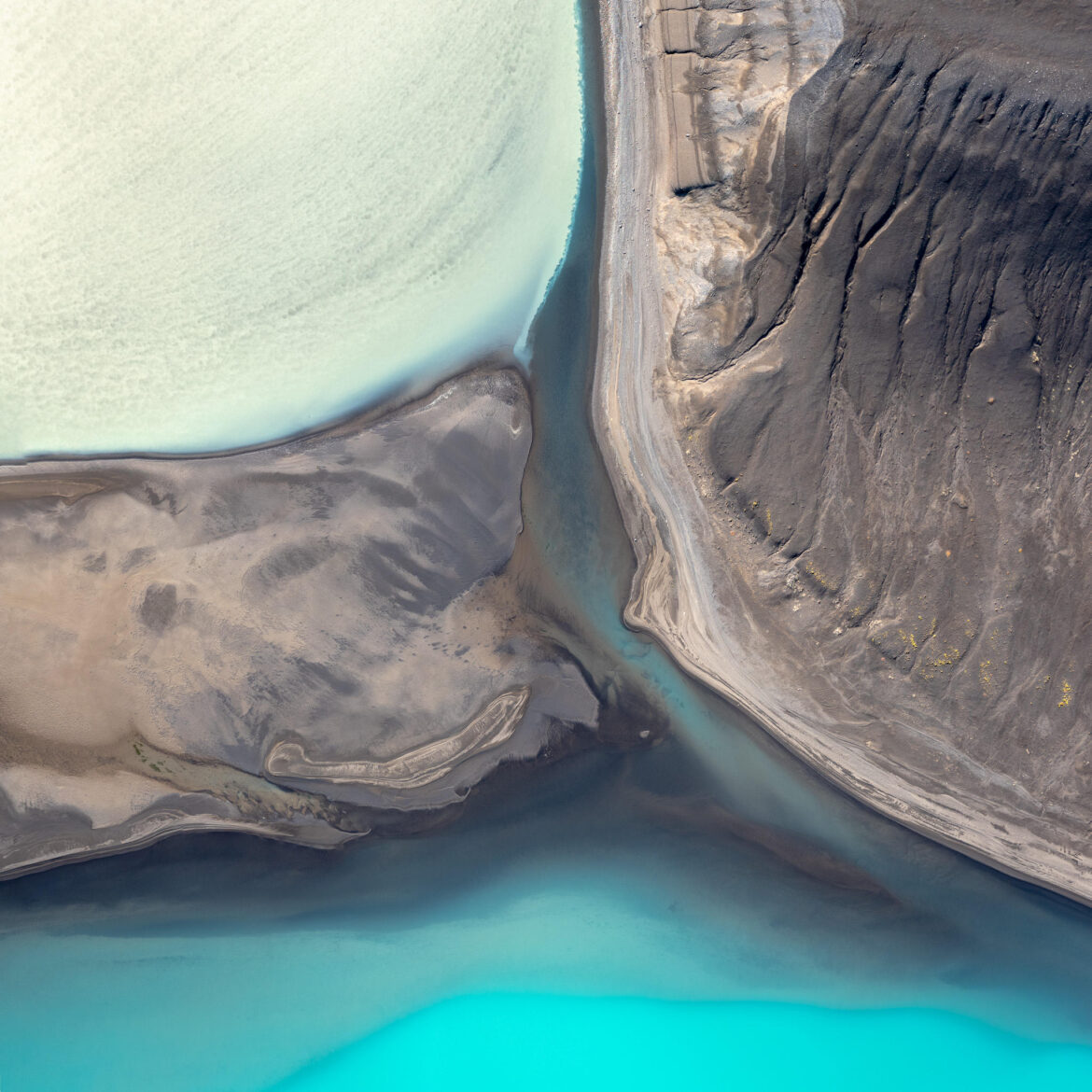The Alster Swimming Pool in Hamburg was built in 1968 and has a striking supporting structure consisting of two hyperbolic paraboloid shells. It was renovated between 2020 and 2023, with the striking roof being retained.
Since the Alster swimming pool in Hamburg reopened at the end of November 2023, I have often driven past it on my way to work. Especially in the winter months, it was first at night and later during the blue hour. I always noticed how beautifully the ceiling of the hall shone in blue, in a great color contrast to the orange of the walls to the shower and changing rooms.
I initially thought that the ceiling would be illuminated with blue spotlights. But when I was there, I discovered that it was »only« the blue of the 50-metre pool in the center of the hall. The pool is illuminated by powerful spotlights and its blue tiled floor and side walls reflect it up to the ceiling. In my photos you can see that a large part of the ceiling shines white and only a blue blob can be seen in the middle of the ceiling.
I like it that way. Especially because the large 10 meter diving platform is also orange. A great color scheme in the hall!
